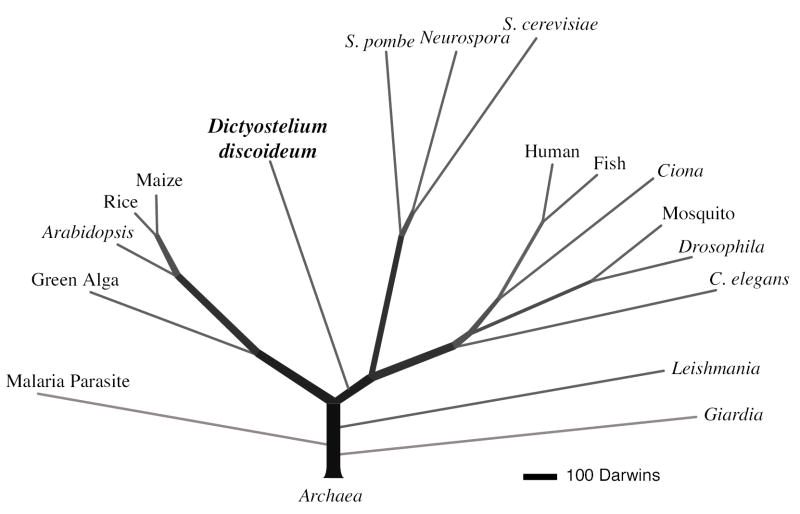Figure 5. Proteome-based eukaryotic phylogeny.
The phylogenetic tree was reconstructed from a database of 5,279 orthologous protein clusters drawn from the proteomes of the 17 eukaryotes shown, and was rooted on 159 protein clusters that had representatives from six archaebacterial proteomes. Tree construction, the database of protein clusters and a model of protein divergence used for maximum likelihood estimation are described in Supplementary Information. The relative lengths of the branches are given Darwins, (1 Darwin= 1/2000 of the divergence between S. cerevisiae and humans). Species that are not specified are Plasmodium falciparum (Malaria Parasite), Chlamydomonas reinhardtii (Green Alga), Oryza sativa (Rice), Zea mays (Maize), Fugu rubripes (Fish), and Anopheles gambiae (Mosquito).

